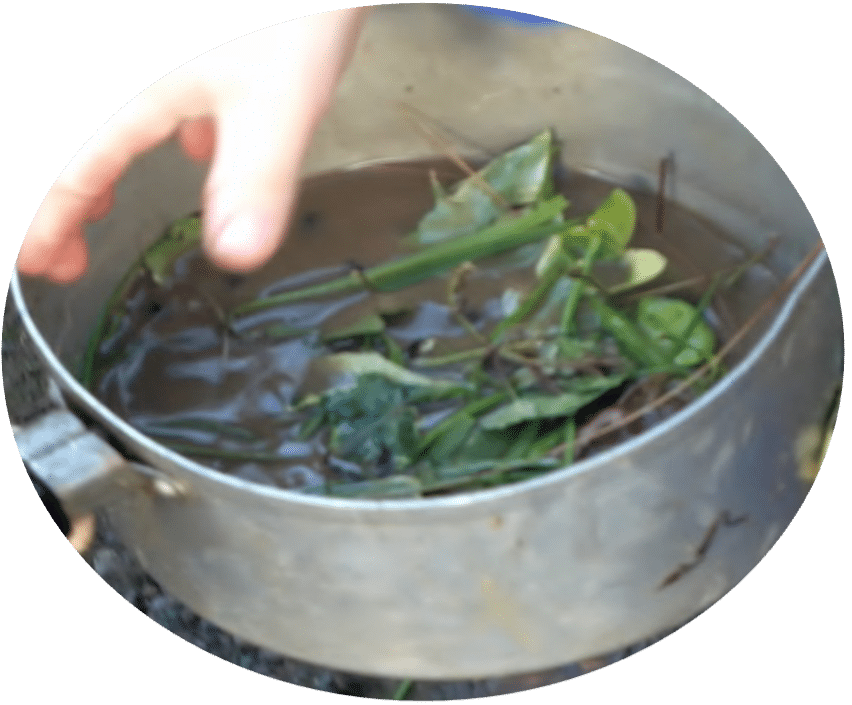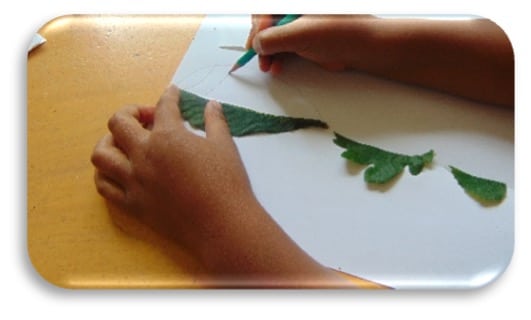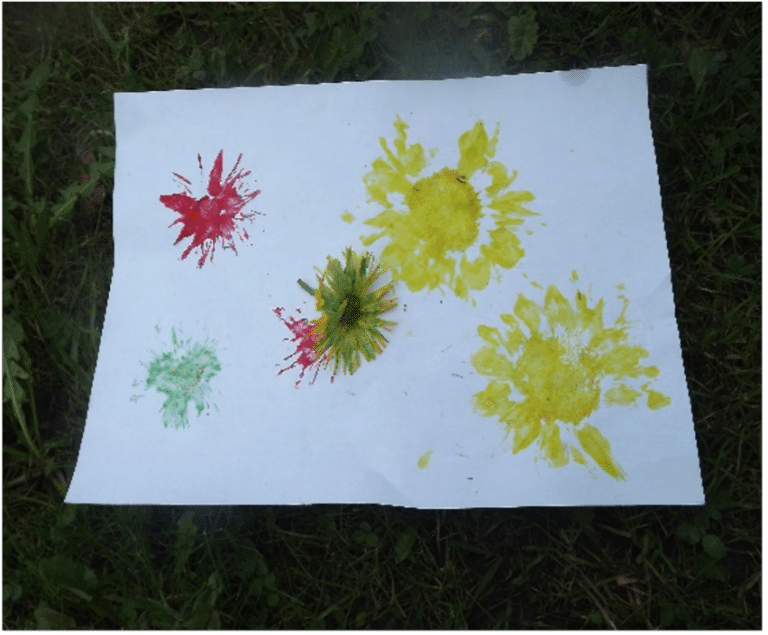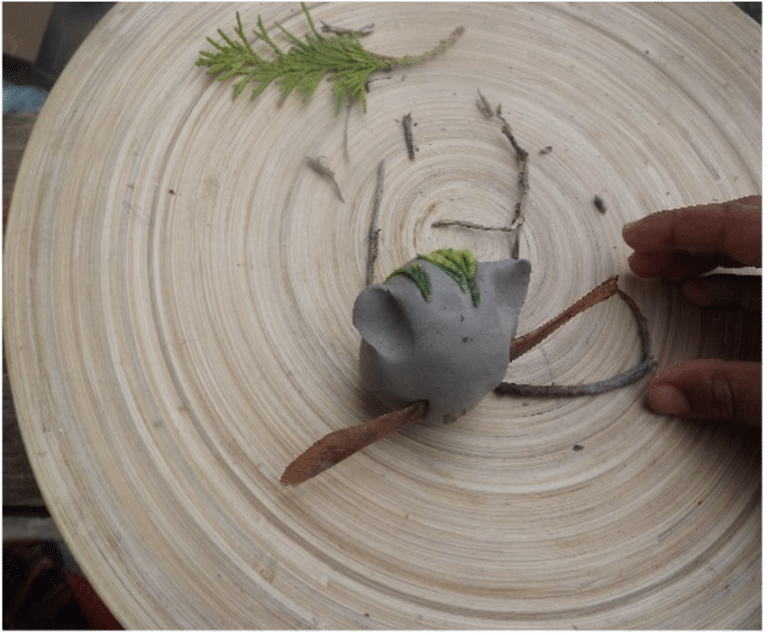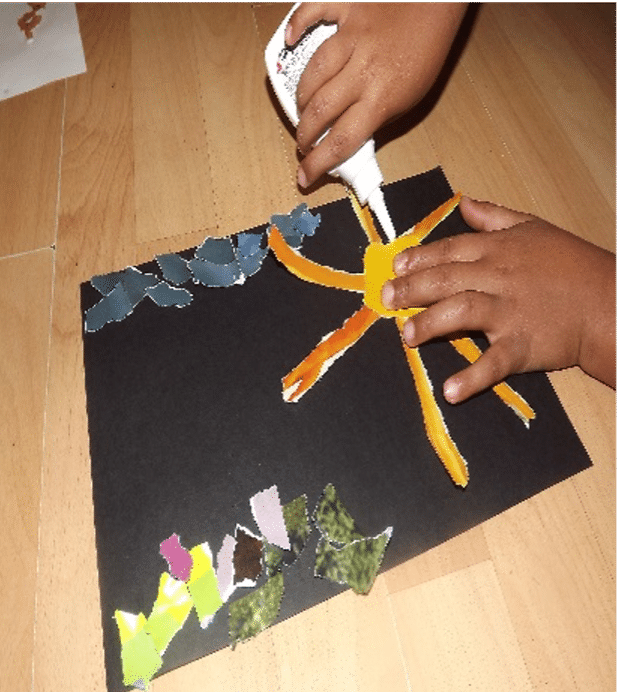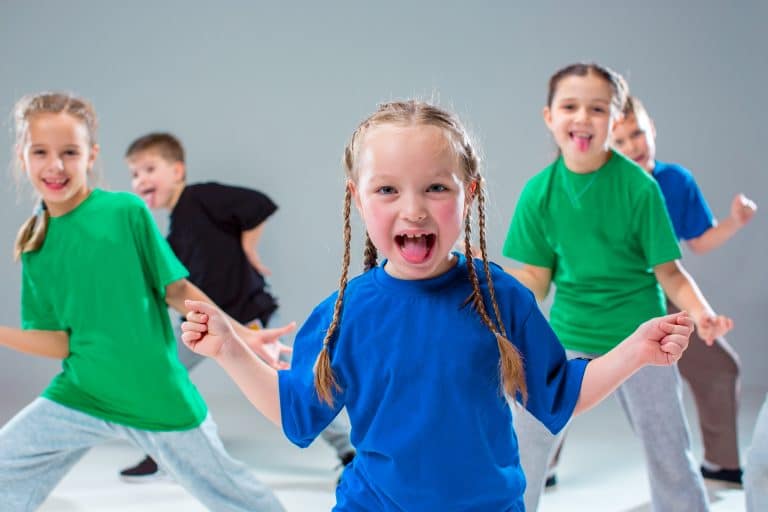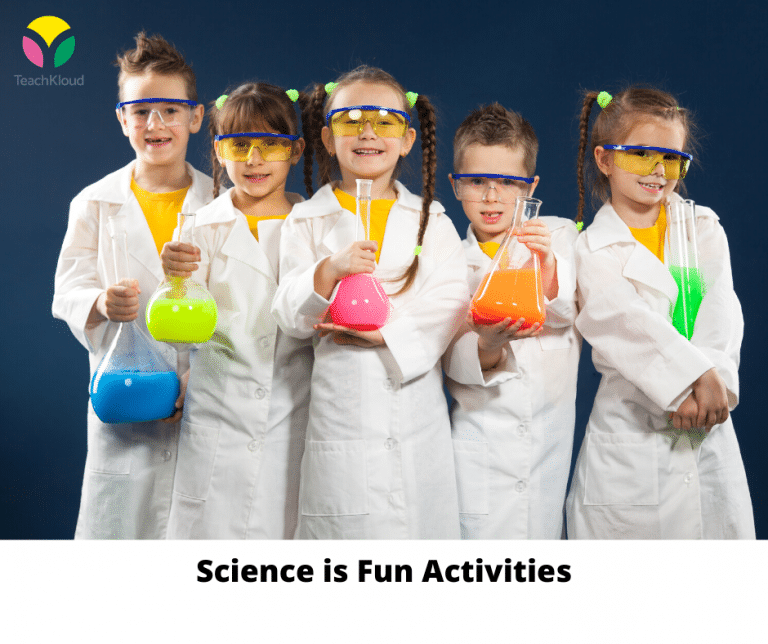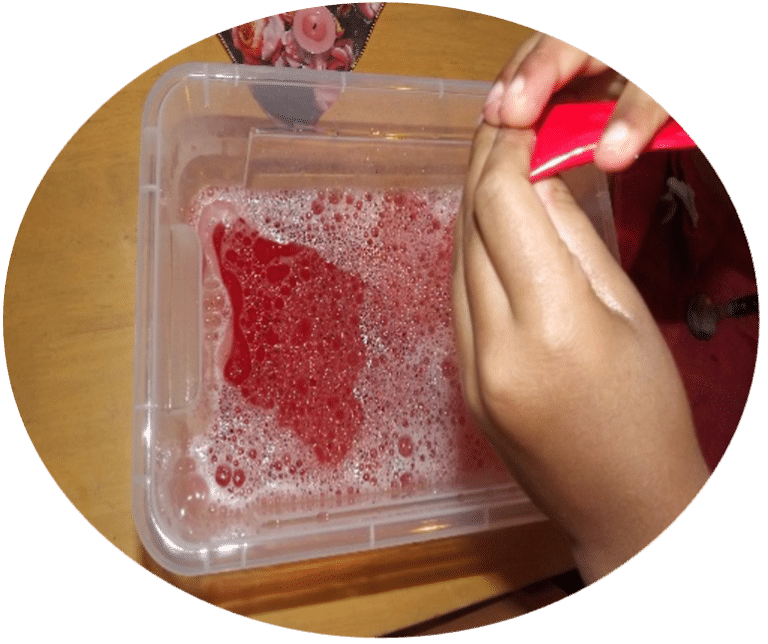There is so much to discover in nature!
“Real cooking is more about following your heart than following recipes” – Unknown
Materials
- Any natural resources of the natural environment such as leaves, grass, moss, sticks, berries (check for non-poisoning), etc. mud and water makes it all much more interesting
- Various cooking pots and containers
Learning Goals
- Fine motor skills: working with various textures, sizes and consistencies will support fine motor skills and support pencil grip through nature play.
- Imagination: using natural resources to imitate food items children know is a great support of imagination.
- Communication: children who “cook” also demonstrate great communication skills which will be supported as they work together to cook and prepare for meals.
- Sensorial: the use of different materials, mud and water allows for a sensorial experience that encourages creativity and messy play!
Process Description
Step 1
The early learners (EL’s) are encourage to collect various natural resources from the natural environment.
Step 2
Discussions about what the resources or materials collected are called and what they want to cook or bake can be initiated. Children’s funds of knowledge and shared information will provide a wide field of shared knowledge to engage with.
Step 3
Decide on where the cooking will take place. If available, a mud kitchen is the perfect place to start! The use of water, mud and sand will bring extra sensorial experience and excitement to the play. Remember, children need space to work with the resources and prepare them, ready to use.
Step 4
This path should be freely accessible for children at all time and being used if possible without shoes.
Step 5
Give the children an opportunity to use and play with the clothing their own way. They may wish to sort the clothing by colour or style, or they may wish to try the items on!
Adaptation
Why not set up a restaurant to serve the cooked dishes to the educators or other children or keep a nature dictionary to identify all used resources. If applicable, use some of the “weeds” such as nettles, dandelions, clover, etc. to make real meals with the help of adults. There is so much to work with and extend using this wild cooking learning opportunity. What type of adaptation will you use?
Reflective questions
- What could have been better?
- How did I scaffold children’s learning?
- Could I have adapted the learning opportunity to reflect all children’s needs, abilities and interests
Looking and responding
Start by asking the children to describe what they see. Draw attention to details. What types of materials will the children use, what are they going to cook or bake, what ingredients will the need, will they use the same pots and containers for everything, what do they smell, what type of patterns do they see or textures do they see?
This is a fun filled activity, the children will lead the way with their comments, insights and observations!
Bibliography
- Centre for Early Childhood Development and Education (CECDE) (2006) Síolta: The National Quality Framework for Early Childhood Education. Centre for Early Childhood Development and Education.
- National Council for Curriculum and Assessment (NCCA, 2009) Aistear: The Early Childhood Curriculum Framework. Dublin: NCCA.
Author Bio
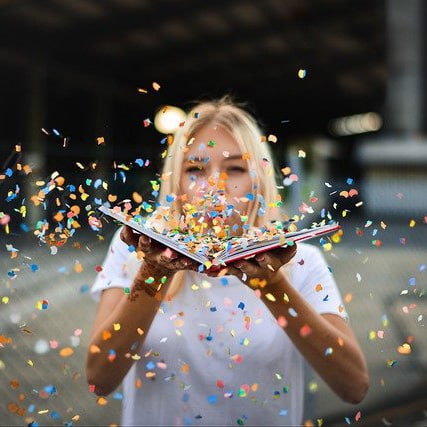
TeachKloud is a cloud-based management platform for early childhood educators and parents! Share ‘wow’ moments with parents, manage child and staff records, with everything from policies, risk assessments to accident forms and child enrolment.
